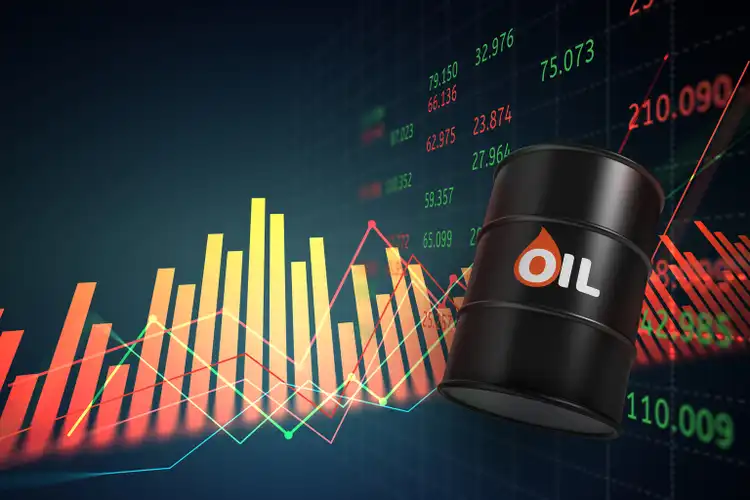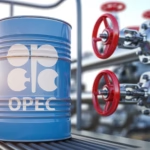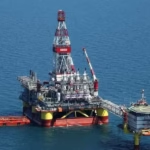Physical Address
304 North Cardinal St.
Dorchester Center, MA 02124

Few regions in the world are as closely associated with energy politics as the Middle East. Since the early 20th century, oil and, more recently, natural gas have defined the geopolitics, conflicts, and economic structures of the region. For over a century, global energy security has been inseparable from the political fate of Middle Eastern oil producers.
This article traces the history of oil politics in the Middle East, examines its impact on global energy security, and explores the challenges shaping the future.

The modern oil age began in the Middle East in 1908, with the discovery of oil in Persia (modern-day Iran) by the Anglo-Persian Oil Company (later BP). This discovery marked the beginning of Western dominance over Middle Eastern oil. British and American firms secured concessions, creating patterns of dependence that shaped political relations for decades. By the mid-20th century, the region had become the world’s energy heartland, fueling industrialization and global trade.
The Middle East holds more than half of the world’s proven oil reserves and a significant share of natural gas. Saudi Arabia, Iraq, Iran, Kuwait, and the UAE form the core of global supply capacity.
(Data: BP Statistical Review of World Energy 2023)
| Region | Share of Global Reserves |
|---|---|
| Middle East | 48% |
| South America | 19% |
| North America | 13% |
| Africa | 8% |
| Asia-Pacific | 7% |
| Europe/Eurasia | 5% |
Energy and conflict in the Middle East are tightly intertwined:
Iran-Iraq War (1980–1988) disrupted production and tankers in the Persian Gulf.
1990–1991 Gulf War: Iraq’s invasion of Kuwait sparked fears of supply disruptions.
2003 U.S. invasion of Iraq reshaped regional energy flows.
Ongoing tensions around Iran’s nuclear program and sanctions continue to affect oil exports.
| Event | Year(s) | Price Impact |
|---|---|---|
| Arab Oil Embargo | 1973–74 | Prices x4 |
| Iranian Revolution | 1979 | Prices doubled |
| Gulf War | 1990–91 | Prices spiked 67% |
| Iraq War | 2003 | Prices surged above $60 |
| Financial Crisis | 2008 | Prices collapsed, then rebounded |
| COVID-19 Crash | 2020 | Prices briefly negative |
| Ukraine War Impact | 2022 | Prices above $120 |
While oil has dominated, natural gas is reshaping the Middle East’s role in energy.
Qatar is one of the world’s largest LNG exporters, supplying Europe and Asia.
The Eastern Mediterranean (Israel, Egypt, Cyprus) has emerged as a gas hotspot.
Iran holds the second-largest gas reserves globally but faces export restrictions due to sanctions.
Natural gas positions the region not just as the oil heartland, but also as a gas powerhouse.
Europe: Reduced dependence on Russia post-2022 has increased reliance on Middle Eastern LNG.
Asia: China, India, Japan, and South Korea are the largest Middle Eastern oil importers.
The future of energy geopolitics increasingly revolves around Asian demand.
The Middle East will remain central to energy security for decades, even as the world transitions.
Short Term: OPEC+ will continue to influence prices.
Medium Term: Asia will shape demand dynamics.
Long Term: Economic diversification is critical for Gulf states’ stability.
Energy politics will remain intertwined with regional conflicts, global demand, and the push for decarbonization.
For over a century, the Middle East has been the geopolitical heart of oil politics. From the discovery of oil in Persia to today’s debates about the energy transition, the region has shaped and will continue to shape the global energy order.
Energy security cannot be understood without the Middle East. As the world evolves, the region’s leaders face the challenge of maintaining relevance in a future where oil is no longer king but energy, in all its forms, remains power.

In 1960, Iraq, Iran, Kuwait, Saudi Arabia, and Venezuela founded the Organization of Petroleum Exporting Countries (OPEC).
The 1973 Arab-Israeli War marked the turning point.
Arab members of OPEC imposed an oil embargo on the U.S. and other supporters of Israel.
Oil prices quadrupled, ushering in a new era of energy geopolitics where oil became a weapon.
Since then, OPEC (and later OPEC+) has remained central to oil market stability and volatility.

Historically, the U.S. has been the guarantor of security in the Persian Gulf, ensuring open sea lanes for oil exports.
With the shale revolution, U.S. dependence on Middle Eastern oil has declined.
Yet, allies in Europe and Asia still rely heavily on Middle Eastern supply.
Thus, the U.S. remains deeply entangled in Middle Eastern energy security.
| Year | Imports (million b/d) |
|---|---|
| 2000 | 2.5 |
| 2010 | 1.9 |
| 2020 | 0.8 |
| 2023 | 0.6 |
Global energy transition raises profound questions:
Will oil demand peak by the 2030s?
How will Middle Eastern economies adapt to declining hydrocarbon revenues?
Can investments in renewables, hydrogen, and carbon capture replace oil rents?
Middle Eastern producers, led by Saudi Arabia and the UAE, are investing in solar and green hydrogen, signaling they see the future beyond oil.





